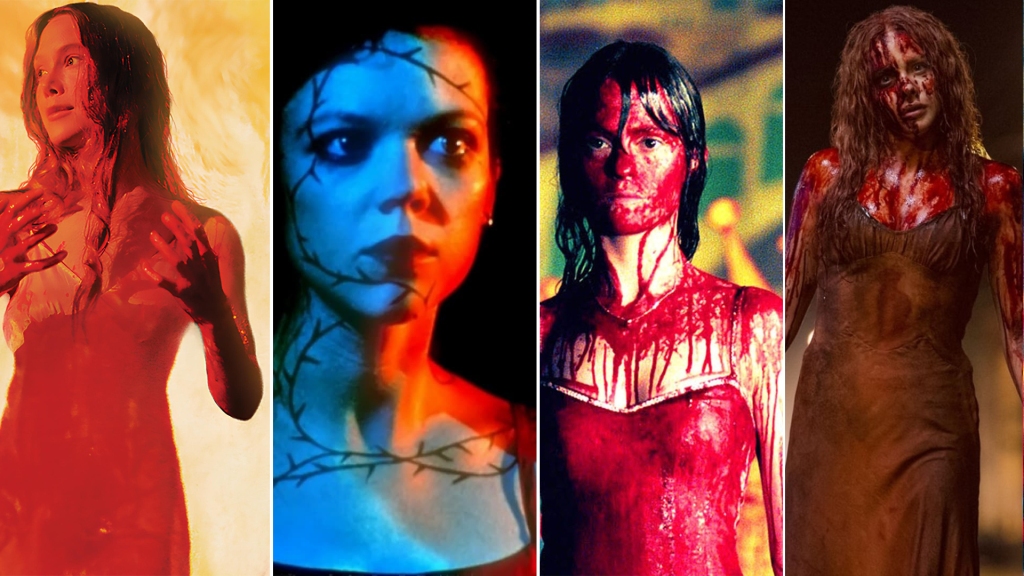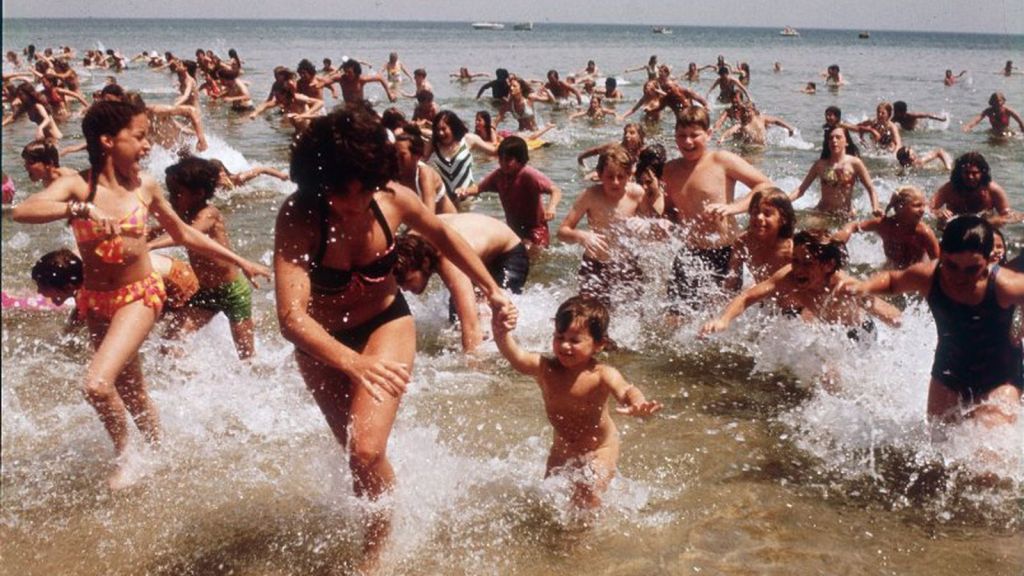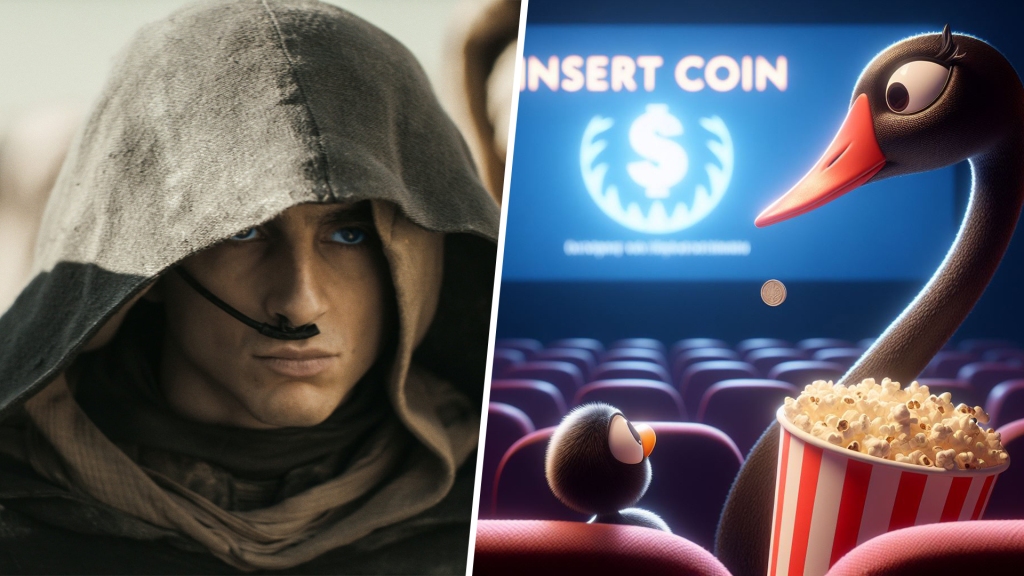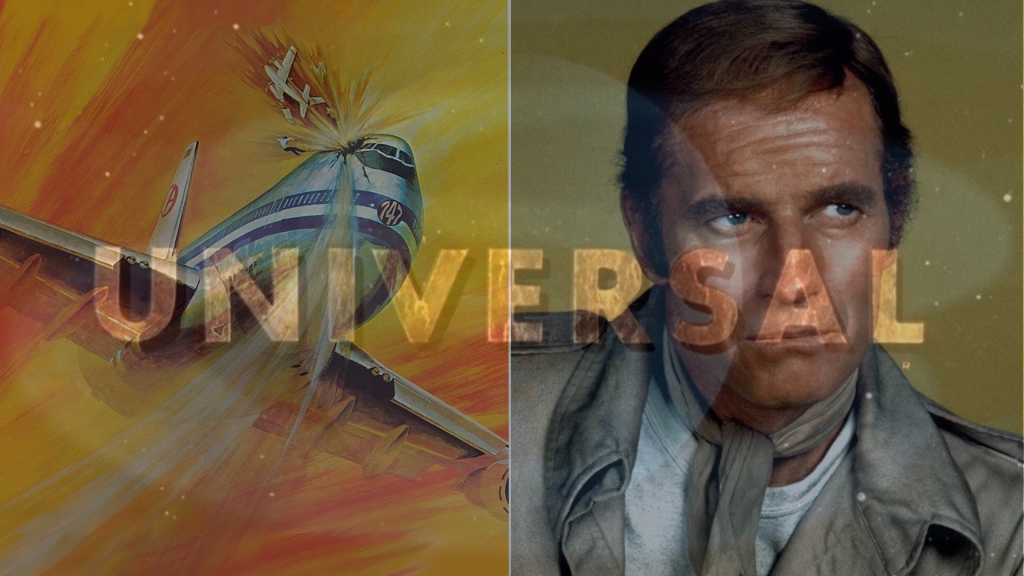

CONTENT WARNING: Even though the following text does its level best to avoid discussing elements of plot, a lot can be inferred from the context. Therefore, if you have not seen No Time to Die, proceed at your own risk.
A dense atmosphere of finality has surrounded the long-awaited release of No Time to Die. Although a lot of this in-built eager anticipation surely had to do with the pandemic and the repeated delays to the film’s release, it was to be expected based on a variety of factors. For once, it was supposed to be Daniel Craig’s final outing as the suave superspy and the entire production (as reported by the media throughout its life cycle) was enveloped in great expectations, from the drama behind the scenes involving Danny Boyle coming on board to direct from a script by his lifelong collaborator John Hodge and then leaving under suspicious circumstances, to Cary Fukunaga replacing him, to the marketing alone aimed to craft a tone of anticipation of the kind not necessarily associated with a celebration but rather an apocalyptic event. Suffice it to say, I was led to believe that I wasn’t looking forward to No Time to Die in a way a kid looks forward to Christmas, but a kid whose dad is about to be shot into space and that he might not come back in one piece. You wouldn’t be wrong to assume – and just glancing over at SPECTRE and Skyfall would confirm these assumptions – that the twenty-fifth Bond movie would have to take the stakes to a completely new level and stage a send-off for its main character that has not been seen before.
And indeed, it does. It’s undeniable that what No Time to Die does with the character of James Bond and where it eventually leads him has not been encountered before Daniel Craig took the reins in the 2006 Casino Royale. Granted, it must be acknowledged that after the Brosnan era came to a close, the character of James Bond was reinvented in a way that necessitated structural changes to the series on a grander level. Bond films became connected at the hip with one another and abandoned their episodic framework held together by recurring villains and increasingly self-referential plots. James Bond was given a character arc which was designed to span over his entire tenure. The newly humanized James Bond was immediately more identifiable as a living and breathing person, haunted by demons of his past, his regrets and shortcomings. And naturally, his last outing was simply bound to be more climactic and operatic than anything else we’ve seen before.
This is immediately noticeable even in the iconic cold opening which is set in the past and involves a masked intruder invading a house in the middle of nowhere in a manner evoking John Carpenter’s Halloween. It’s no longer just an amuse-bouche aimed to prepare the viewer for a thrill ride that may or may not be somewhat relevant to the main plot, but it comprises a crucial element of character development and foreshadowing that is bound to come back in the film’s climax. In addition, it is itself unusually long which should also serve as a warning that No Time to Die ain’t a lean three-act thriller but something more structurally ambitious. After all, everyone in here – the audience included – should be aware of the finality permeating the film. Things will happen. People will change. Arrogant as it may seem, I believe the filmmakers fully intended to not so much make a movie, but an event that will divide the Bond timeline into an era before No Time to Die and an era after it.
Did they succeed? Yes. But at a cost. From the cold opening transitioning into a starter set piece in an Italian village, No Time to Die clearly lets it be known the ante has been upped and that what is to come aims to deliver on the idea of giving Craig’s Bond a fitting operatic send-off at a scale the series has not seen before. Therefore, the film feels at times as though it was purposefully designed to maximize the number of thrilling set pieces one can fit into a feature running time. We go from an Italian village immediately to a secret lab raided by mean-looking baddies, to infiltrating a party in Cuba, to a ship off-shore, to Norwegian forests and God-knows-where-else. Aided by long-time sidekicks like Q (Ben Whishaw), Moneypenny (Naomie Harris) and M (Ralph Fiennes), his old flame Madeleine (Léa Seydoux), a new 00-agent Nomi (Lashana Lynch) and (briefly, but still) his old friend Felix (Jeffrey Wright) and an undercover CIA agent Paloma (Ana De Armas), Bond and his team of avengers plough through the thick jungle of plot and set pieces to uncover the identity of a mysterious villain played by Rami Malek and how his emergence factors into and re-contextualizes some events seen in previous films of the Craig Era.
What is more, as the narrative unfolds and the characters drag the viewer through the shifting ground of interlacing set pieces, it eventually becomes quite obvious that what you are being subjected to looks and feels eerily familiar. It’s probably not a coincidence that some sequences have been set in highly specific locales or that certain character traits or even the visage of Rami Malek’s character could indicate the film could be a stealth remake of one of the older entries in the series, which is not the case. It is simply a by-product of the way the series was reinvented in 2006. After all, we must remember that none of the Brosnan Bond movies could fall back on any literary source material, as after Licence to Kill the filmmakers ran out of books to adapt. And even though Casino Royale was technically a remake (or re-adaptation) of the seminal Bond novel, neither Quantum of Solace, Skyfall, SPECTRE or this film enjoyed the benefit of being directly tethered to Ian Fleming’s prose either. But they sure feel as though they were.
In an arguably ingenious move, Daniel Craig’s Bond movies are carefully engineered to thrive on nostalgic references to the early films, either by re-introducing and re-inventing their iconic villains or by winking and nudging at the audience by deploying specific tropes or staging dramatic set pieces to purposefully build axes of symmetry with the most iconic elements of the series. And simply by virtue of the film’s ambition to up the stakes and turn everything up by a few notches, No Time to Die also takes this notion of capitalizing on nostalgic references to a whole new level and almost to a point of self-parody. Thus, the film is equally a relentless thrill ride and a rollercoaster of self-reverence packed with a myriad of gadgets (some more inventive than others), scientists with thick accents, a bioweapon MacGuffin, concrete-laden lairs clearly winking at the 60s-era Bond movies and a villain that is a man-bear-pig of clichés with his hodgepodge accent, a bag of character tics, an over-the-top facial scarring and a penchant for Japanese minimalism in the way he furnished his home base. In fact, if it weren’t for a weighty dramatic arc splicing Bond with Léa Seydoux’s character, the entire film would have more in common with an Austin Powers movie, or at the very least with the thoroughly campy instalments in the series starring Roger Moore.
As a result, No Time to Die eventually wears out its welcome and effectively desensitizes the viewer to what’s happening on the screen. Even though the film’s set pieces are visually arresting and epic in scale and ambition, it is hard to care after two and a half hours and seeing how the climax is yet to come. Fortunately, the filmmakers knew this might happen and they made sure the operatic crescendo matched the build-up. So, although the film does become tiring at some point, the way events come together is extremely satisfying and fitting. In fact, my only wish was for the screen to fade to black exactly two minutes earlier to underline the scale and grandeur of this massive multi-feature arc we just saw come to an end even more profoundly. But alas, you can’t have everything.
All in all, I am extremely glad No Time to Die exists, even if I feel a good twenty minutes of the film could have been left on the editing room floor and the story wouldn’t suffer. Just by virtue of this being Daniel Craig’s final hurrah as a tuxedo-wearing aficionado of vodka martini, the film’s excessive running time (the longest in the series, by the way) and a collage of cliché making up the bulk of its plot seem somewhat fitting. The best way I can describe what No Time to Die is in the context of not only the films Daniel Craig starred in but the entire decades-spanning franchise is to call it a best-of mix tape lovingly put together to endear Bond fans of all ages. Another way to describe it – which would unfortunately lead one to infer a thing or two about where the film goes – would be to call it the Avengers: Endgame of the James Bond series. It’s grand, epic, final, steeped in fan service and perhaps too bloated for its own good. However, in contrast to the Marvel epic that honestly feels like a long-haul flight in economy class, No Time to Die is the same flight, but upgraded to business.




Leave a comment